Sony's new Cyber-shot DSC-QX10 wireless camera lens is a first-of-its-kind iPhone accessory that could appeal to many who are in the market for a quality, conveniently pocketable and connected point-and-shoot camera. Unfortunately software issues make the ambitious device far from perfect, though it does earn kudos for being a concept ahead of its time [updated].
Update: Since this review was published, Sony's PlayMemories Mobile app for iOS has seen a number of updates that improve performance. We've updated this review with new paragraphs in the "Software" portion, which are marked. We have also updated the final score accordingly.
Design
The QX10 features an 18-megapixel Exmor RCMOS 1/2.3-inch sensor with a 10x optical zoom and Sony G lens, derived from the company's WX2200 point-and-shoot. It also features built-in Optical SteadyShot image stabilization. Video is captured in high-definition 1080p. A review unit was provided to AppleInsider by Sony.
Given the decent quality of modern smartphone cameras, a major selling point here is the 10x optical zoom, something a smartphone camera like the one found in Apple's iPhone simply cannot offer in a thin profile.
Those looking for a significant step up in picture quality over their iPhone should consider the QX100, which is twice the price at $500, and sports a 20.2-megapixel Exmor RCMOS sensor with a wide-aperture Carl Zeiss Vario-Sonnar T lens. A formal review of the QX100 from AppleInsider is forthcoming.
The back of the QX10 slides off to reveal a compartment that houses the battery, as well as MicroSD or Sony MemoryStick card. The back panel is attached via cord so it won't be lost, and inside are printed the unique Wi-Fi SSID and password that allows the iPhone to connect to the lens.
Users can then cover up the back of the QX10 with a twist-on attachment that allows the camera to clamp on to an iPhone. One of the arms on the back clamp is extendable, meaning the lens can be securely attached to an iPhone even if it's being housed in a protective case. We had no problem attaching the QX10 to our iPhone 5s encased in a Mophie Juicepack battery case.
When it's attached, the lens accessory feels securely in place. We had no concerns about the accessory unexpectedly falling off, though given its wireless connectivity, you may find yourself frequently holding it separate from your phone for unique shots.
The bottom of the QX10 includes a standard tripod mount, as well as space for a wrist lanyard to keep the lens from being damaged. On top are the on/off button and two embedded microphones for stereo sound.
The left side of the QX10 (when attached to the iPhone and facing outward) includes dedicated controls for zoom and shutter. The shutter button is a particularly welcome inclusion, offering tactile feedback when snapping pictures, and granting the ability to autofocus before an image is taken.
Like the shutter button, the physical zoom controls are also superior to the digital onscreen controls. However, it's nice that Sony gives users both options — Â some who are more acquainted with capturing via their iPhone may find themselves more comfortable with the touchscreen controls available.
Finally, the right side of the device features a tiny inset LCD display that reveals the current battery level, and a physical sliding lock button gives users the ability to remove the twist-off phone mount adapter attached to the back.
We like the design of the QX10. It's small enough to fit in a pocket, it fits snugly on an iPhone, and it's easy to zoom and take pictures with the physical controls.
Setup and functionality
The QX10 connects to the iPhone through a Wi-Fi Direct connection. The unique network name and password are stored inside the device's battery component, and turning the lens on will activate the network.
Users simply connect their iPhone to the QX10 like they would any other Wi-Fi network. Users cannot be connected to a traditional Wi-Fi data network when using the QX10, but can still access the Internet through cellular data networks.
There is one potentially crucial flaw that we encountered with the QX10: Wi-Fi overload. We tested the ultraportable camera at a game at Yankee Stadium in the Bronx, and lag between the lens and an iPhone 5s became so much of an issue that at points the device became unusable.
Thankfully, this wasn't the norm. That's not to say the connection between the lens and the iPhone was always lag-free. But the stuttering and drop-outs experienced at the baseball game — Â where our seats were flooded with Wi-Fi networks — Â was especially serious.
In areas with far less airwave pollution, the connection between the QX10 and our iPhone 5s was relatively reliable. The image could occasionally drop out and not reconnect, prompting us to force-close Sony's app, which is required to use the device (more on that later).
It should be noted that the QX10 can be more quickly connected to an NFC-capable device, such as many Android smartphones. Apple's iPhone does not support NFC, and the QX10 does not have Bluetooth Low Energy, so support for the iBeacons feature in iOS 7 will not be forthcoming.
Wireless connectivity between the iPhone and the QX10 is an important component of the versatility of the device. While you can clip the camera lens to the back of your iPhone, and will likely use this setup most of the time, it's when the iPhone is separated and acting as a remote viewfinder that the versatility of the QX10 truly comes alive.
You can get a few feet away from the lens before the connection to begin to stutter or completely drop out. But really, great distances between the iPhone and QX10 are not necessary to get some pretty interesting shots.
For example, families getting together for a group picture will no longer need someone to snap the picture for them. The QX10 has its own built-in tripod mount, and can be remotely viewed and controlled from the iPhone. Someone could set up the camera, ensure everyone is in the picture, and snap the picture, all while standing in front of the lens.
And really, this is just the start. With the tiny size of the QX10 lens, and the decent picture quality with a 10x optical zoom, this is a lens that will allow photographers to take shots that wouldn't otherwise have been possible.
The wireless connectivity of the QX10 is simultaneously its greatest asset and most crucial flaw.
Software
This is where the shine really starts to come off the QX10. Sony's pocketable wireless lenses are currently reliant on a free application called PlayMemories Mobile, which frankly doesn't offer much in the way of customization.
There are digital controls for zoom and shutter, which can be used in place of the physical controls on the lens. And there is no true "manual" shooting mode, as the only three options are "Intelligent Auto," "Superior Auto," and "Program Auto."
Intelligent Auto is a completely automated setting where users simply focus, snap and shoot. The Superior Auto setting snaps a number of pictures and creates a composite.
With the Program Auto option, users are given access to exposure compensation, allowing them to control the exposure of the lens and affect the picture's brightness.
A separate settings button allows access to basic features like self-timer, changing image file size, and whether to automatically transfer snapped pictures to the iPhone's Camera Roll.
Captured at max resolution, pictures are 18.2 megapixels. There's also an option for 16:9 ratio pictures at 13 megapixels. Sony's software also gives the option to share pictures to the iPhone at 2 megapixels, to cut down on file size.
From here, users can also select "Copy from Connected Device" to view the full selection of photos and videos stored on the QX10's MicroSD card. Content can be selected in bulk and transferred to the iPhone where it can be edited, uploaded, or anything else.
By leveraging the iPhone's touchscreen, Sony's software offers a feature that iPhone camera users are likely accustomed to: Tap to focus. Sony already offers this capability on its NEX line of point-and-shoot cameras equipped with touchscreens.
The PlayMemories app can take upwards of 10 seconds to connect to the camera and enable shooting after it's been launched. That kind of delay may be a deal-breaker for some. Convenience is key for a camera, and the QX10 fails in that respect on the software front.
It should be noted that the dedicated shutter and zoom buttons on the lens itself, along with its own MicroSD memory card, allow the device to be used to shoot photos on its own, even without a smartphone nearby. But without the PlayMemories app, users are shooting blind, with no viewfinder available.
Getting the camera set up to use an iPhone as a viewfinder requires connecting to it over Wi-Fi, launching the app, and waiting for the connection to be established. Frankly, it's too long, which makes occasional crashes with the PlayMemories app even more unacceptable.
Making matters worse, we encountered a number of times where the application would simply freeze, seemingly after losing connection to the QX10. Force closing the application and restarting would usually resolve the issue and reestablish connectivity.
Thankfully, there is a chance that the functionality of the QX10 could be expanded through third-party apps, as the camera is not tied to Sony's PlayMemories software. Well-reviewed iPhone app Camera360 has told AppleInsider that it will support the QX10 with an update coming in early October.
Update: Sony delivered a number of updates to the PlayMemories Mobile application in October that have improved performance, though the software is still far from perfect. The updates add compatibility with iOS 7, which Sony said was not present in the previous version we tested for this review when it was initially published.
While previously it would take 10 or more seconds for the PlayMemories application to establish a connection with a QX camera and begin shooting, now that connection time is closer to 5 seconds. While this is a big improvement, we don't feel it's enough, though Sony may be hampered by the limitations of Wi-Fi Direct.
Also improved are the amount of crashes and random disconnects we previously experienced with the PlayMemories app. The latest version provides a more reliable connection, though it's still not perfect.
On a number of occasions we would be presented with a spinning wheel in the middle of the screen and were unable to snap a picture by using the app's shutter button. Using the shutter button on the QX100 still worked fine, but we were shooting blind without an idea if our subject was in focus, or in the picture at all.
What makes the issues all the more frustrating is that when the PlayMemories app works, it works great. The live viewfinder is sharp enough to give an idea of what the captured picture will look like, and it's responsive with minimal lag.
We commend Sony for improving its app, and accordingly adjusted our score on the QX10 camera from 2.5 stars to 3 stars. However, there's still a great deal of room for improvement, and we hope that further updates from Sony, or a potential third-party application to control the QX cameras, will further improve performance.
Quality
We're not professional photographers, so rather than going into great detail comparing the QX10 to other point-and-shoots, we've chosen to focus on the unique convenience, functionality and capabilities in our review. That said, image quality is obviously one of the most important aspects of a camera, so we'll address it briefly here.
Photos with the QX10 are nice, and are an improvement over the iPhone 5s. We found the focus with the QX10 to be very good, and pictures were sufficiently crisp.
Colors captured by the QX10 were more vibrant, while pictures on the iPhone 5s were more subdued. The QX10 also offers more detail than a smaller smartphone camera can provide.
QX10 and iPhone 5s photos follow. Click for full resolution.
Of course, the 10x optical zoom of the QX10 is an area where the iPhone can't compete. We snapped pictures and video from the bleachers of Yankee stadium that gave us an up-close look at the batter at home plate. Trying to do the same on an iPhone with digital zoom results in a pixelated, ugly mess. Zoomed QX10 and iPhone 5s pictures follow.
In low light, we felt the iPhone 5s camera, and Apple's native Camera app with automatic adjustments, actually produced the better quality image. Without flash, the iPhone 5s camera compensated for the low light, while pictures in the same lighting with the QX10 were not as sharp.
One trick we found to shoot videos or photos in low-light with the QX10 was to use the flashlight function Apple added to iOS 7 through the Control Center menu. The PlayMemories app does not allow control of the iPhone camera flash for snapping pictures.
For video, both were strong performers capable of 1080p high definition, but the 10x zoom capabilities of the QX10 were again a huge benefit. For a videographer on the go, the QX10 would be a great pairing with Apple's iPhone.
Wrap-up
The truth is many decent compact digital cameras available these days already come with built-in Wi-Fi. These usually require users to rely on somewhat clunky third-party apps to transfer files. From there, users can edit and upload from their phone on the go.
The Sony WX200, from which the QX10 lens has been largely borrowed, features built-in Wi-Fi connectivity, but lacks the touch screen functionality on which the QX10 relies. The QX10 is also more portable, though setting it up and connecting it to an iPhone is a time consuming process that could cause users to miss that perfect photo.
Despite its limitations, we think there is a definite market for the QX10 — smartphone users who want an upgraded camera, strong zoom capabilities, convenient portability, and the numerous benefits that smartphone connectivity offers.
And having a lens with its own internal storage is another key. While Apple's iPhone maxes out at 64 gigabytes of capacity, the QX10 can house a 64-gigabyte MicroSD card entirely devoted to photos and videos. And because images can be reviewed before they're transferred to the iPhone, unnecessary shots won't take up space on your smartphone.
Though the QX10 has serious limitations, there's a lot of potential here. And what it currently offers is unique enough that the device is worth a try. If Sony can improve the PlayMemories app to improve reliability, add more functionality, and, most importantly, speed up the connection process, the QX10 would be easy to recommend. We'd also welcome a third-party camera app that could solve those issues.
But as it currently stands, users should try before they buy.
Updated score: 3 out of 5
Pros:
- Conveniently portable
- Wireless connectivity offers new possibilities
- 10x zoom is great
Cons
- Sony's iPhone app needs work (but has been improved)
- Setup time could cost users a great shot
- Image quality in normal conditions is better than iPhone 5s — Â but not by a considerable amount
Pricing and availability
The QX10 has a suggested price of $249.99. It can be purchased direct through Sony, as well as resellers such as Amazon:
Amazon QX10 (black)- $248.00
Amazon QX10 (white)- $248.00
B&H Photo QX10 (black)- $248.00
B&H Photo QX10 (white)- $248.00
MacMall QX10 (black)- $259.00
MacMall QX10 (white)- $259.00
 Neil Hughes
Neil Hughes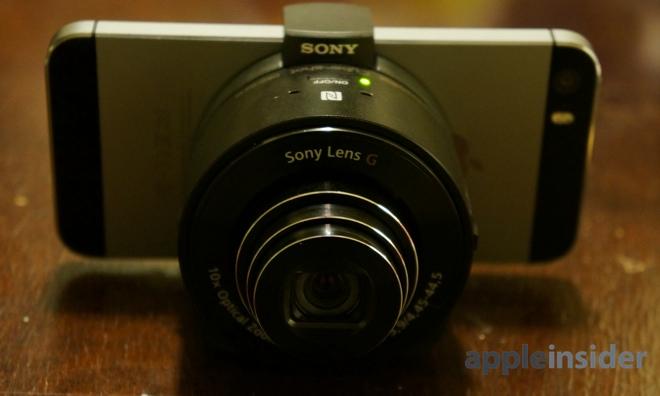
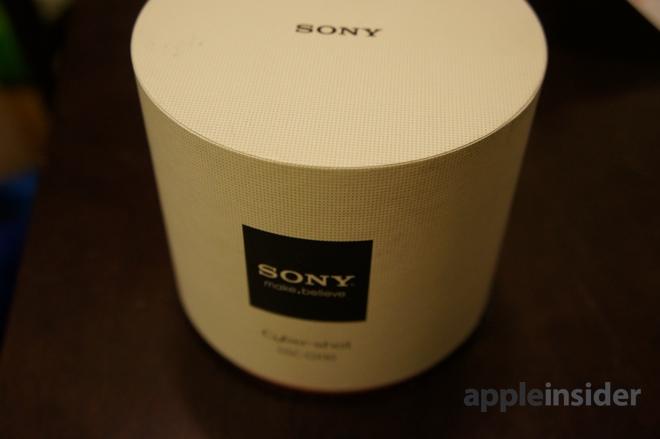
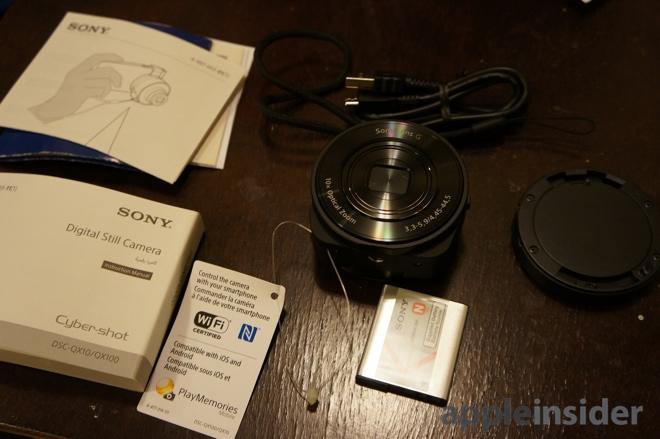
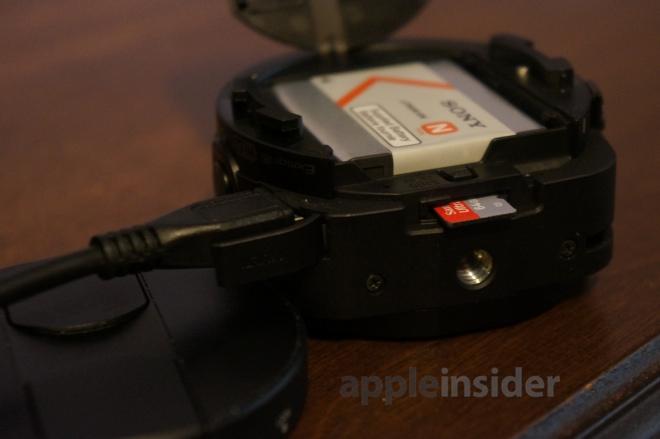
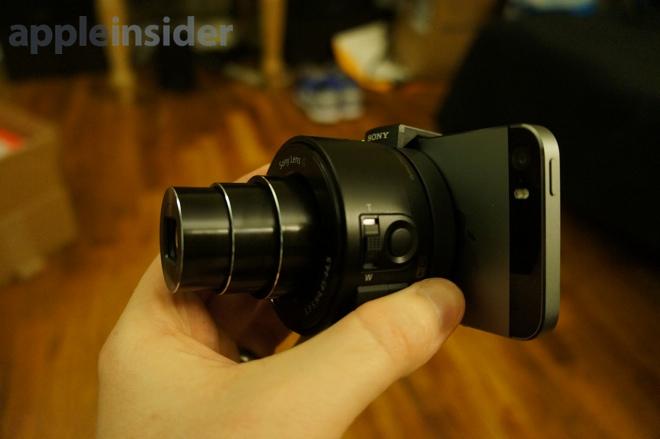
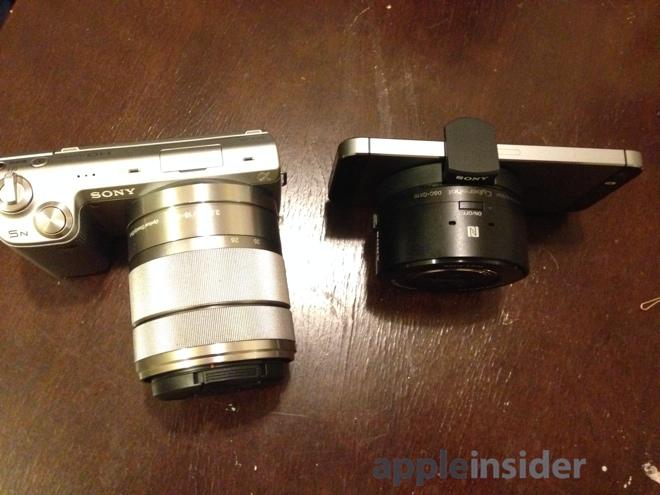
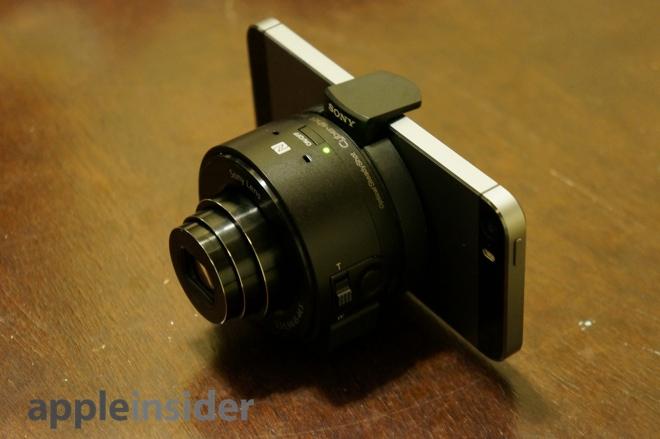
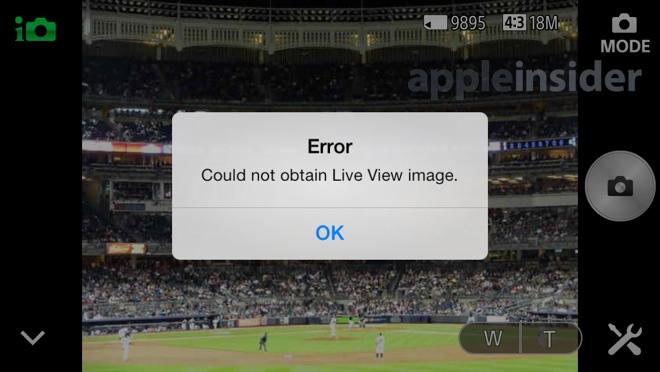
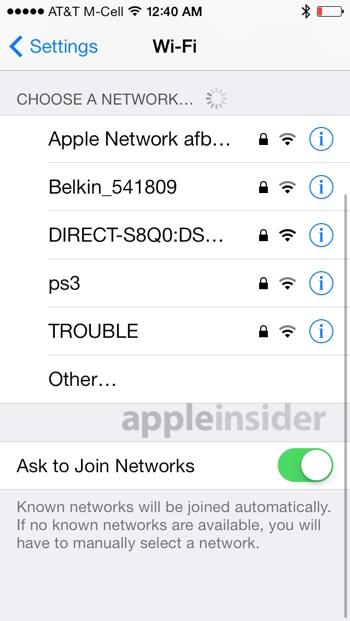
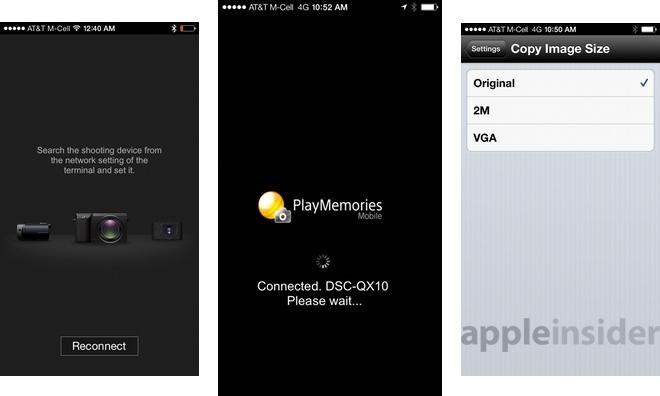
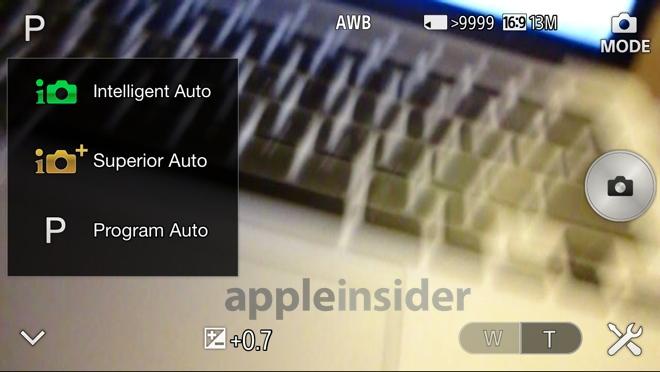
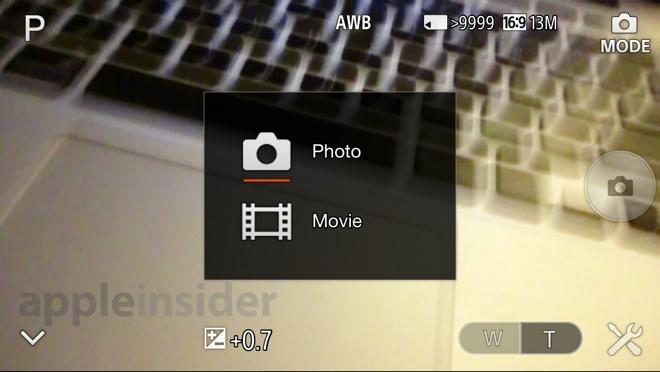
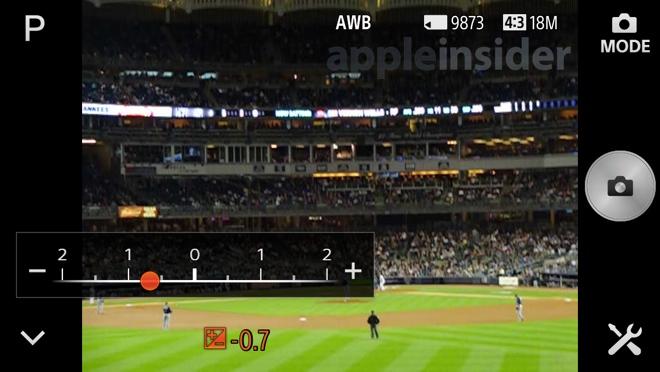
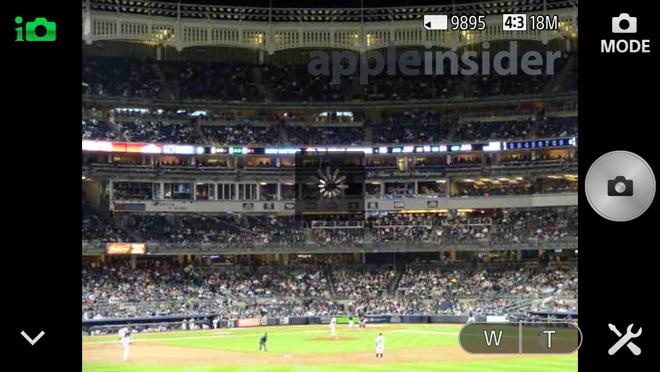

















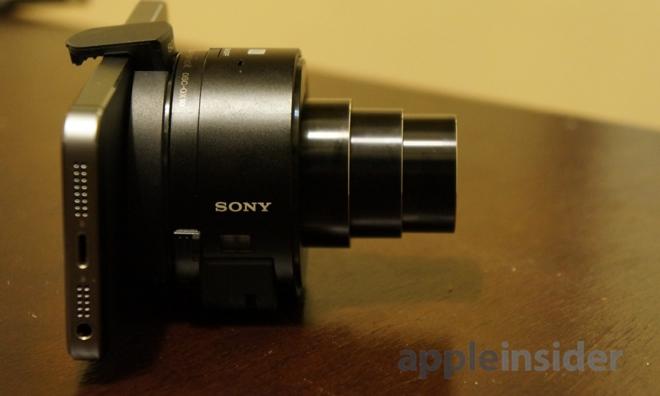


-m.jpg)





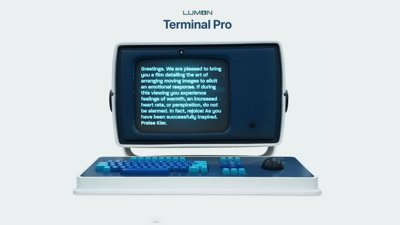
 William Gallagher and Mike Wuerthele
William Gallagher and Mike Wuerthele
 Malcolm Owen
Malcolm Owen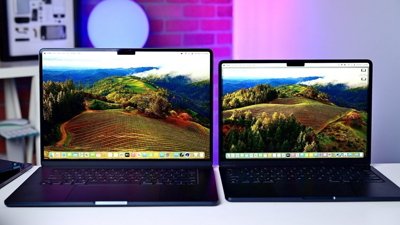

 Amber Neely
Amber Neely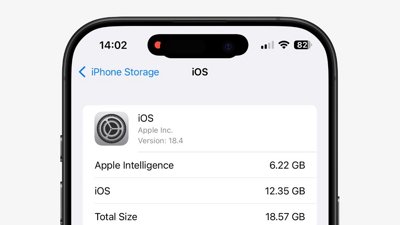
 William Gallagher
William Gallagher
 Sponsored Content
Sponsored Content
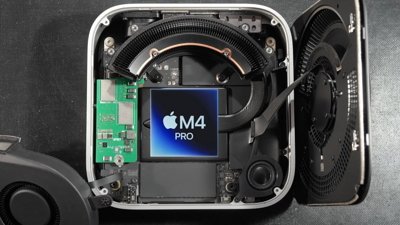


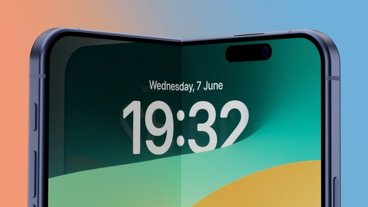







45 Comments
Uhuh. Won't be buying one. The iPhone shots they are using are lowest quality poorest shots they could make. No won't be getting one.
No thanks. For around the same money or a bit more, you can step into a DSLR. If you're lugging around that fat-ass lens kit, might as well lug around a DSLR instead. And the iPhone can take far better shots than that. Either way, you'll be spending time in post process.
Get an OlloClip or other zoom lenses which use the built in camera. Why don't they just use the lightning port or Bluetooth LE? Seems like the WiFi route isn't working for them.
Thanks for the review. I applaud Sony for bringing something new to the table. But as usual, it seems to have a clunky interface. Most tech companies could do with upgrading their SW staff to put out better interfaces.
It reminds of days gone by when companies would include crappy manuals. Almost as if they were a nuisance.
This is the way most tech companies look at their interfaces. Like an afterthought as opposed to Apple that knows it's an integral part of the user experience!
Personally, I don't really like carrying extra gadgets around with me. I don't want to sound too negative, but I'm quite happy with the iPhone camera....I just don't take a lot of photos indoors.
My Dad had $1000's of dollars of SLR equipment, tons of lens filters, tripods, etc. But he hardly ever took it with him because it was so cumbersome. In the mid 50's he had a beautiful Leica SLR in a brown leather case and he also had a very expensive pair of Zies binoculars. I only remember one great photo of a humming bird he had framed. It was very good.
Would be nice to have seen iBeacons rather than NFC. I may wait out the first iteration and see if version 2 is better.